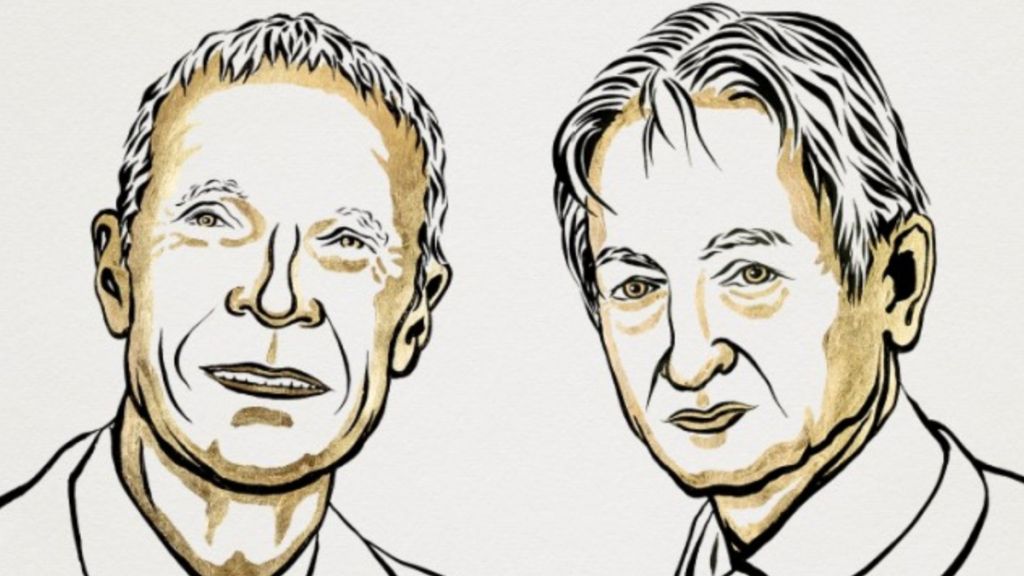
Stockholm: The 2024 Nobel Prize in Physics has been awarded to John Hopfield and Geoffrey Hinton for foundational discoveries and inventions that enable machine learning with artificial neural networks, the Royal Swedish Academy of Sciences announced on Tuesday.
The two Nobel Laureates in Physics have used tools from physics to develop methods that are the foundation of today's powerful machine learning. The duo used physics to find patterns in information.
In an accompanying explanations of the research, the Nobel Prize body said that many people have experienced how computers can translate between languages, interpret images and even conduct reasonable conversations.
However, it said that what is perhaps less well known is that this type of technology has long been important for research, including the sorting and analysis of vast amounts of data. The development of machine learning has exploded over the past 15 to 20 years and utilises a structure called an artificial neural network.
Machines can now mimic functions such as memory and learning and this year's laureates in physics have helped make this possible. Using fundamental concepts and methods from physics, they have developed technologies that use structures in networks to process information.
While in machine learning the computer learns by example, enabling it to tackle problems that are too vague and complicated to be managed by step by step instructions. One example is interpreting a picture to identify the objects in it.
Hopfield created an associative memory that can store and reconstruct images and other types of patterns in data.
The Hopfield network can store patterns and has a method for recreating them. When the network is given an incomplete or slightly distorted pattern, the method can find the stored pattern that is most similar.
Meanwhile, Geoffrey Hinton invented a method that can autonomously find properties in data, and so perform tasks such as identifying specific elements in pictures.
The technology of machine learning using artificial neural networks was originally inspired by the structure of the brain. In an artificial neural network, the brain's neurons are represented by nodes that have different values.
These nodes influence each other through connections that can be likened to synapses and which can be made stronger or weaker. The network is trained, for example by developing stronger connections between nodes with simultaneously high values.
This year's laureates have conducted important work with artificial neural networks from the 1980s onward, Nobel Prize Committee said in a statement.
The reseach done by Hopfield in 1933 in Chicago is carried out at Princeton University while Hinton born in 1947 in London works at the University of Toronto.
"The laureates' work has already been of the greatest benefit. In physics we use artificial neural networks in a vast range of areas, such as developing new materials with specific properties," said Ellen Moons, Chair of the Nobel Committee for Physics.